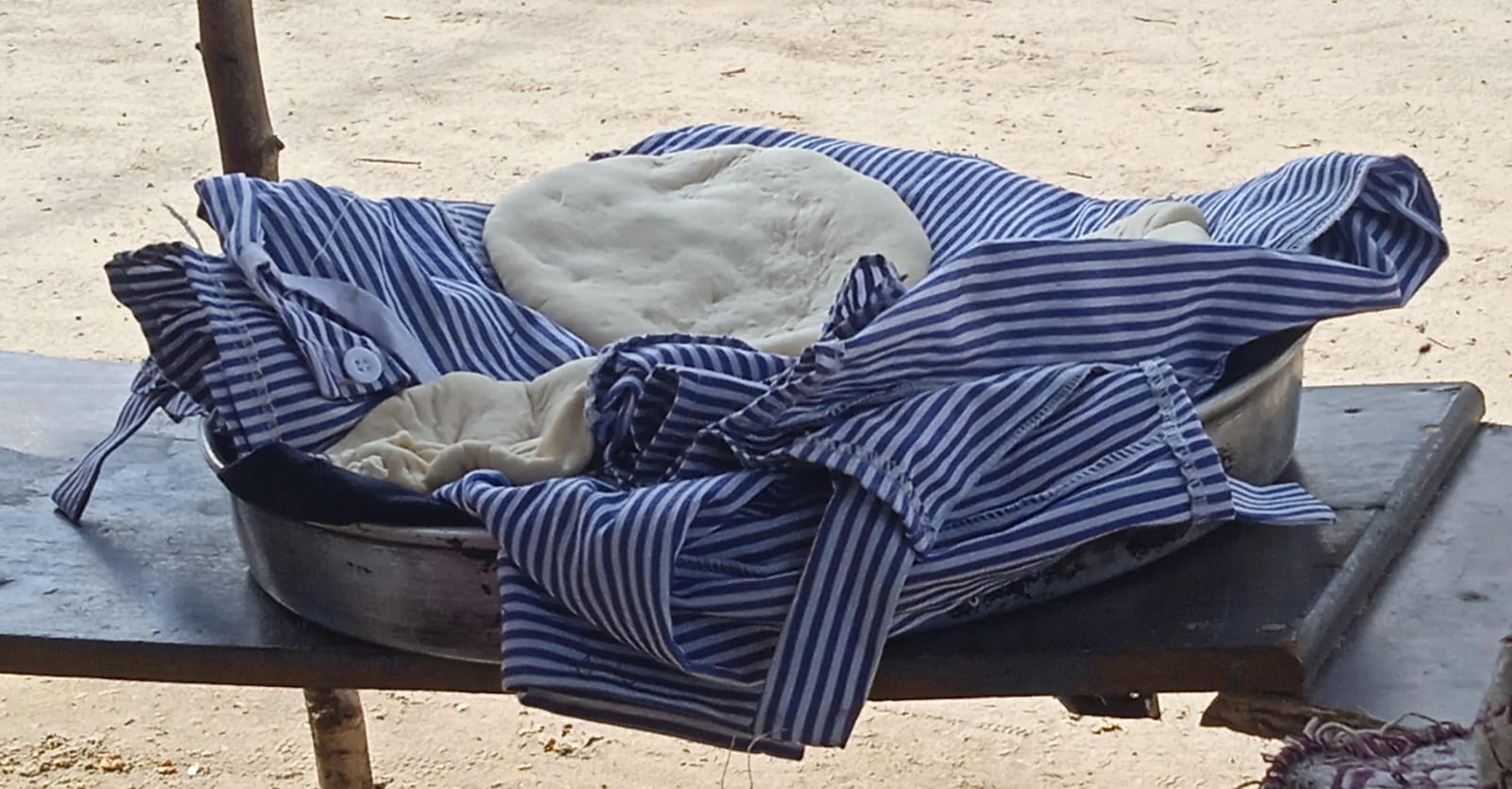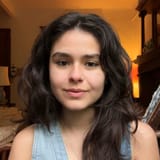A Gaza Biennale Takes Shape Amid Loss and Ruin
The show will center “the Palestinian narrative, the Palestinian story, and the Palestinian cause,” said artist Tasneem Shatat.
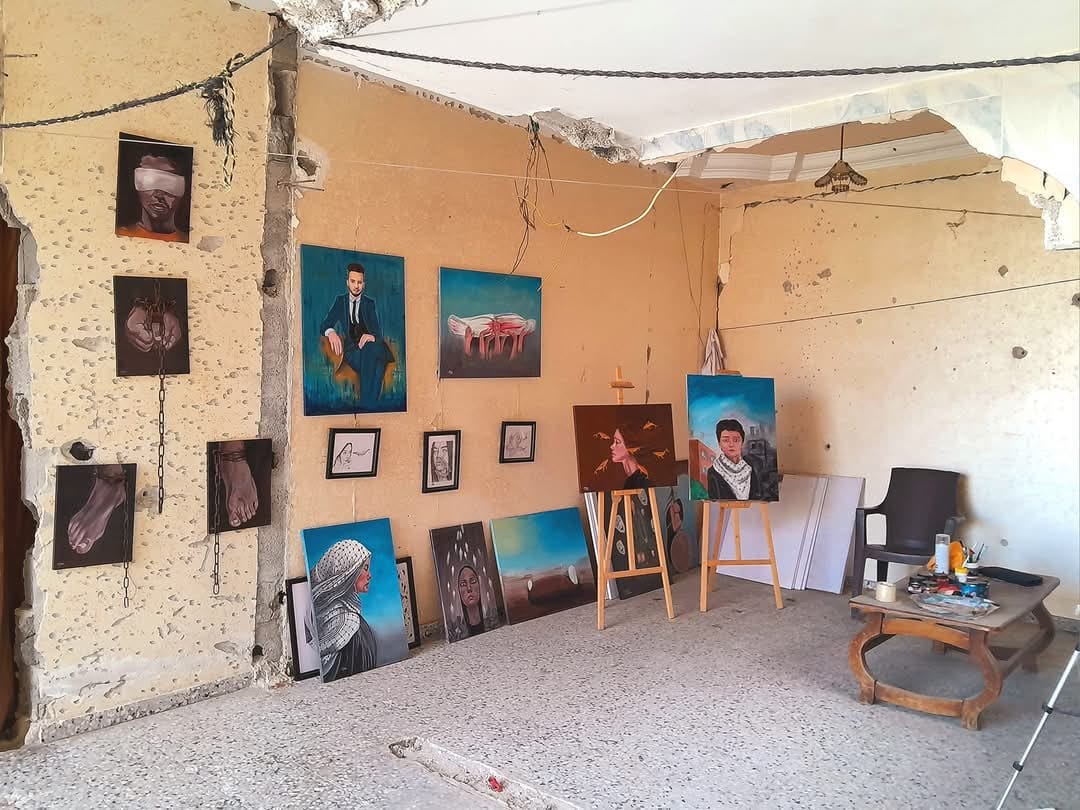
Days before the Venice Biennale closed this year with the second-highest visitor turnout in its history, over 50 artists from Gaza announced their decision to form their own version of the contemporary art festival: the Gaza Biennale.
“The biennale will present the Palestinian narrative, the Palestinian story, and the Palestinian cause,” Tasneem Shatat, the 26-year-old artist from Khan Younis who is leading the effort, told Hyperallergic in a phone interview in Arabic, translated by performance artist Fidaa Ataya. The Gaza Biennale, Shatat said, gives an opportunity for Gaza artists to share their voice with the world amid Israel’s ongoing attacks on the region.
“I want the world to see these artists,” Shatat said. “It's a hope for them to create art again.”

In April, Shatat was the inaugural Gaza artist-in-residence launched this April by the Al Risan Art Museum (also known as the Forbidden Museum), a Palestinian cultural institution "without walls" formed in the Occupied West Bank.
Ataya, based in Ramallah, co-founded the museum with visual artist Andreas Ibrahim. It was inaugurated by the Palestinian Ministry of Culture at the summit of the Al Risan mountain which the organization said was illegally annexed by Israeli settlers in 2018. Since 2021, the museum says it has hosted over a dozen exhibitions locally and abroad.
Shatat and the Al Risan Art Museum are now attempting to raise $90,000 for artists in Gaza, funds they said will go directly to artists to fund their practice with the eventual goal of partnering with cultural institutions, transnationally, to exhibit those works.
“We are also asking art institutions to be brave,” Ataya said, “to get into work where they can question and study this situation, more than as a result of art.” Ibrahim added that the biennale encourages institutions to “have just an ounce of the courage that these artists do.”
The Gaza Health Ministry reported last week that over 44,000 people have been killed in Gaza since October 7, 2023.
With or without a dedicated biennale, these artists have already been producing works without any funding throughout Israel’s war on the region, Ataya told Hyperallergic.
“Despite unbelievable obvious obstacles, even with the basic obstacles of supplies, they found ways to still make work that's extremely strong,” Ibrahim told Hyperallergic.
Ataya said artists have turned to vegetables and spices to procure pigments for their works. Some of the funds, she said, are used to purchase limited available materials, but most of them will support the artists’ basic needs.

One of the works included in the biennale announcement is Mustafa Muhanna’s car adorned in “traditional Gazan dress,” part of the Hope on the Road (2024) series, produced with 10 children in Gaza City. In a release, Muhanna said that in October, the area surrounding the artwork was bombed, and a large piece of stone fell into the roof of the vehicle.
“We will give them this income in order to survive,” Ataya said. “As the artists, they are mothers or fathers, or they are sisters or brothers.” In northern Gaza, the risk of imminent famine looms as Israeli actors continue to violently block humanitarian aid from entering.
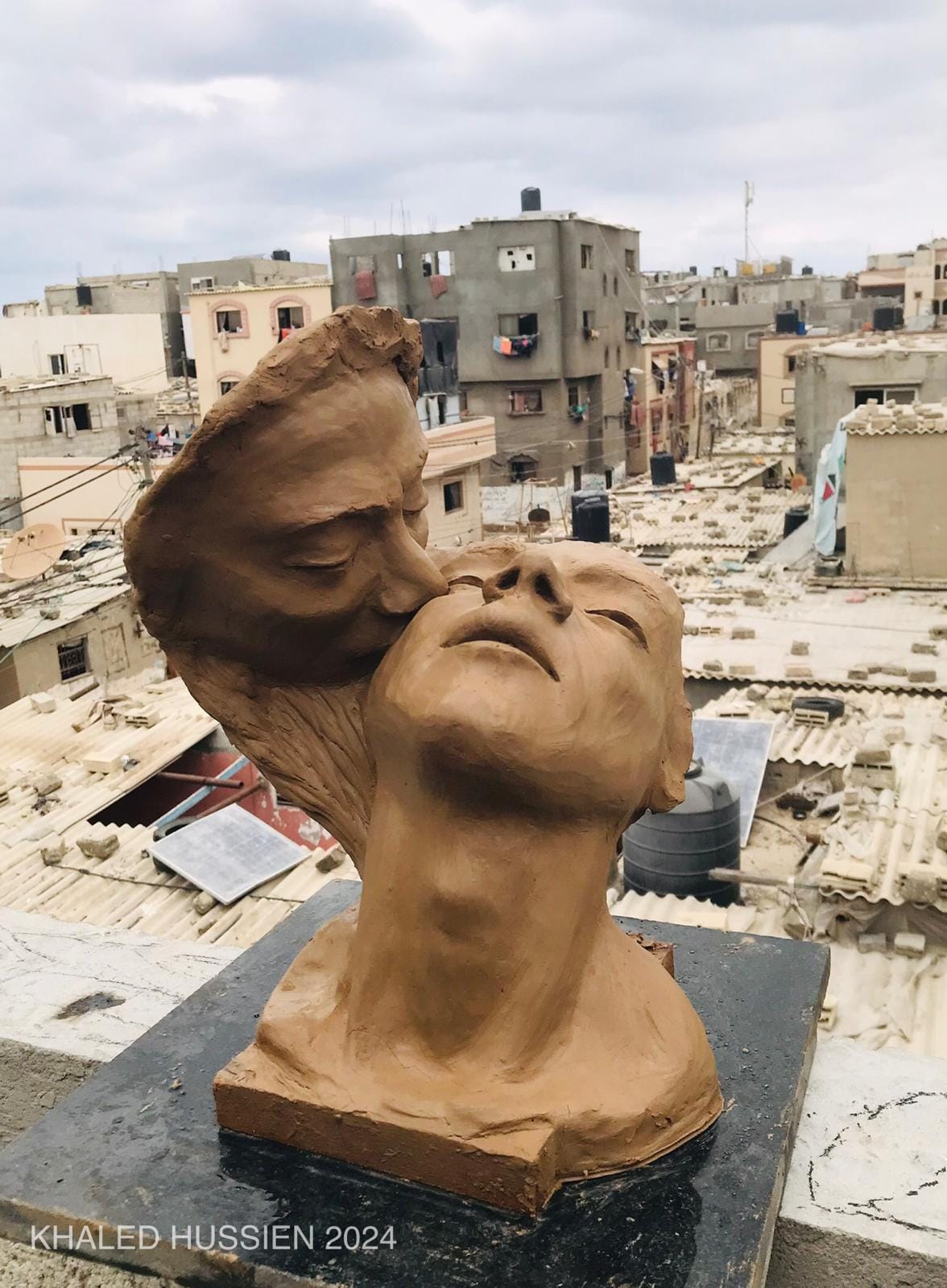
Despite representing Palestinian artists in events throughout, the 129-year-old Venice Biennale does not have a dedicated Palestine pavilion, a fact that has been at the center of criticism this year and in previous editions. In February, thousands signed a petition urging the Venice Biennale to exclude Israel from the event following the International Criminal Court’s January 2024 preliminary ruling that genocide was “plausible” in Israel’s war on Gaza. In April, the artist representing the Israeli pavilion, Ruth Patir, shuttered the exhibition until a “hostage release agreement” and ceasefire deal were reached, a move that some critics said did not go far enough.
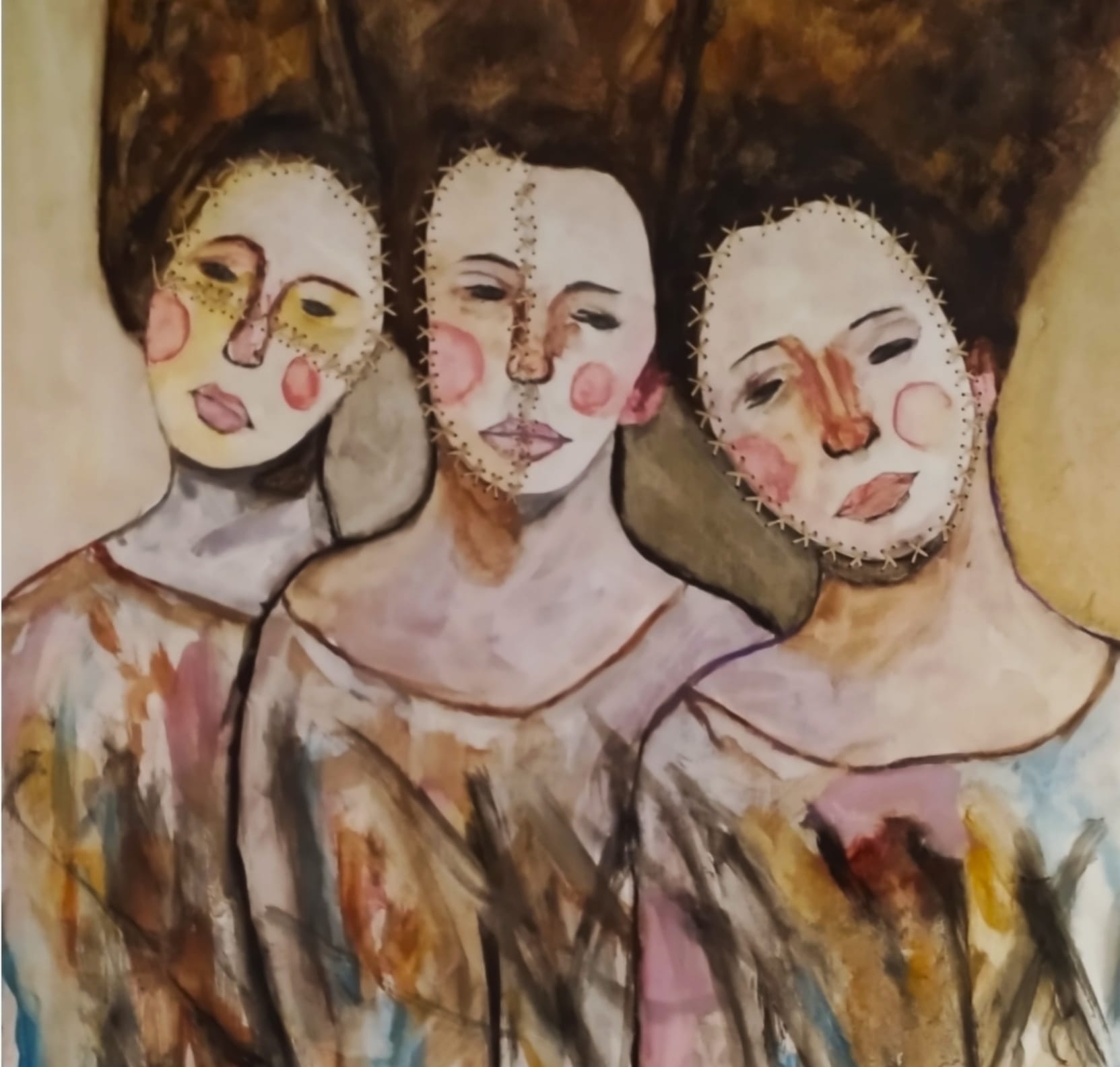
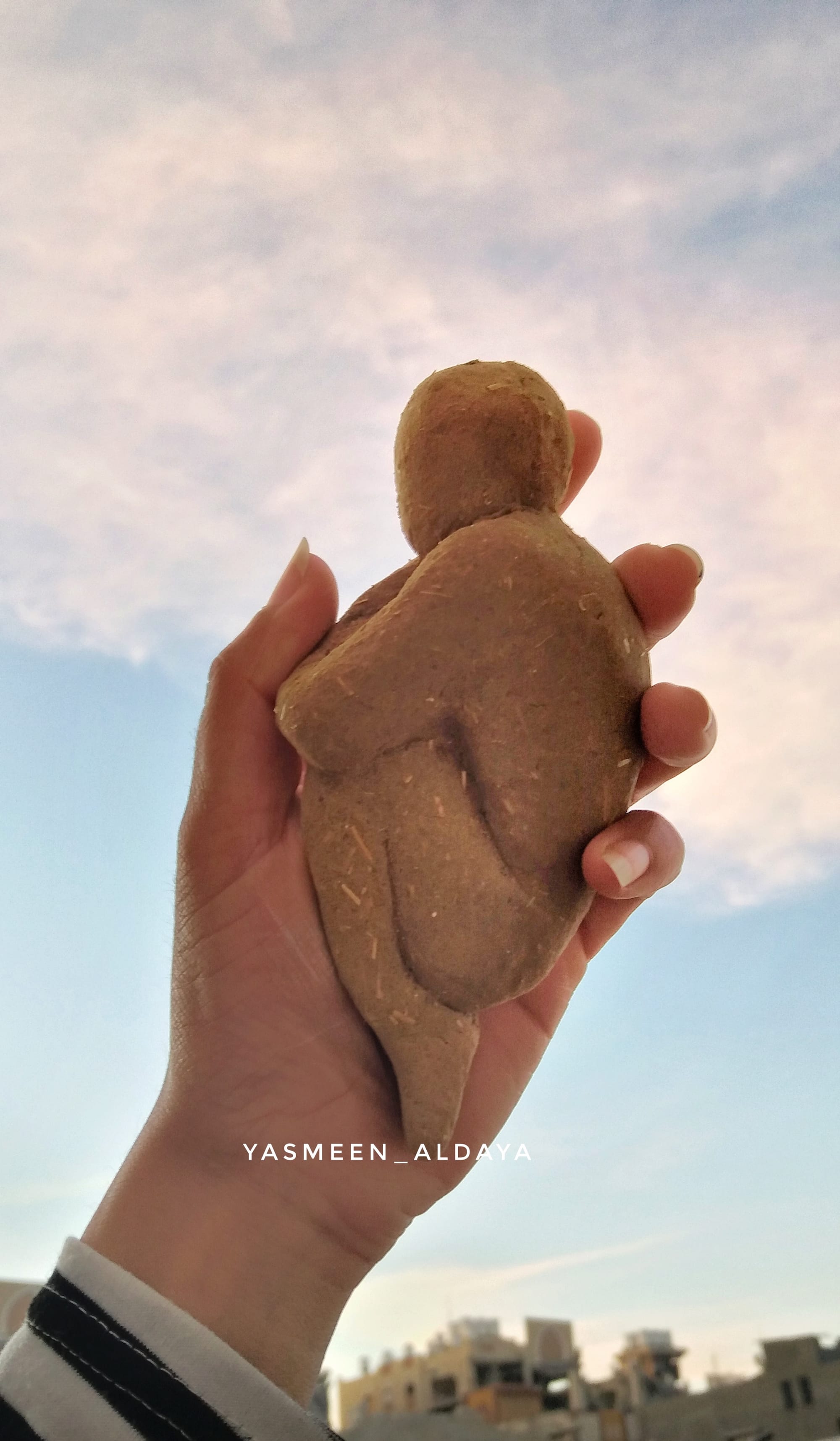
Ataya and Ibrahim said artists participating in the formation of the Gaza Biennale are from all over Gaza, including the heavily bombarded north.
For Shatat, art is a form of psychotherapy. She said she wants the world to “hear” and “see” artists in Gaza, and that the art could send a message to the world to “not close their eyes” to the unfolding violence.
